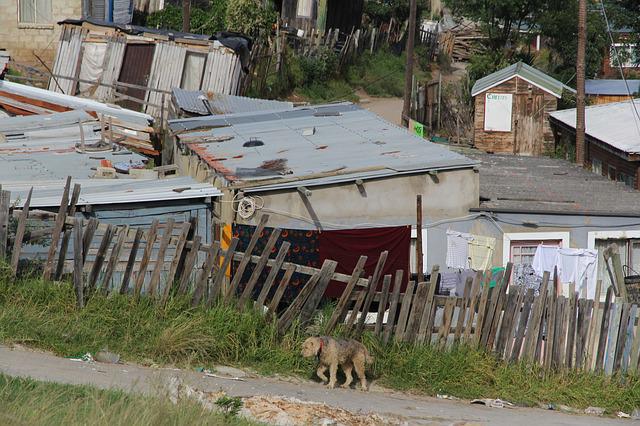Sexual risk behaviour among men with multiple, concurrent female sexual partners in an informal settlement on the outskirts of Cape Town

Sexual risk behaviour among men with multiple, concurrent female sexual partners in an informal settlement on the outskirts of Cape Town
South Africa has the largest number of people living with HIV in the world with over 5.5 million people infected with the virus (Shisana et al., 2005). However, heterogeneity in HIV prevalence among sub-groups within the South African population (Shaikh et al., 2006) indicates that certain groups of people are more vulnerable to HIV infection than others.
People living in urban, informal settings are particularly at risk of infection (Shisana et al., 2005). In particular, people who have high levels of sexual partner turnover and concurrency (i.e. more than one sexual partner during the same period of time) are seen as important drivers of the epidemic, especially in situations where males are five or more years older than their female sexual partners, (Jewkes et al., 2006; WCDOH, 2001).
Shebeens and taverns, where alcohol consumption is high (Morojele et al., 2006), have been identified as common venues for new sexual partner acquisitions (Weir et al., 2002; 2003).
View the complete Sexual risk behaviour among men with multiple, concurrent female sexual partners in an informal settlement on the outskirts of Cape Town policy brief
